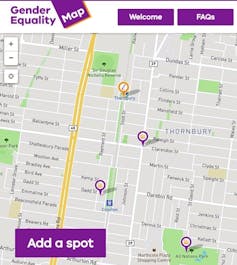Stefaan G. Verhulst in apolitical: “If I had only one hour to save the world, I would spend fifty-five minutes defining the questions, and only five minutes finding the answers,” is a famous aphorism attributed to Albert Einstein.
Behind this quote is an important insight about human nature: Too often, we leap to answers without first pausing to examine our questions. We tout solutions without considering whether we are addressing real or relevant challenges or priorities. We advocate fixes for problems, or for aspects of society, that may not be broken at all.
This misordering of priorities is especially acute — and represents a missed opportunity — in our era of big data. Today’s data has enormous potential to solve important public challenges.
However, policymakers often fail to invest in defining the questions that matter, focusing mainly on the supply side of the data equation (“What data do we have or must have access to?”) rather than the demand side (“What is the core question and what data do we really need to answer it?” or “What data can or should we actually use to solve those problems that matter?”).
As such, data initiatives often provide marginal insights while at the same time generating unnecessary privacy risks by accessing and exploring data that may not in fact be needed at all in order to address the root of our most important societal problems.
A new science of questions
So what are the truly vexing questions that deserve attention and investment today? Toward what end should we strategically seek to leverage data and AI?
The truth is that policymakers and other stakeholders currently don’t have a good way of defining questions or identifying priorities, nor a clear framework to help us leverage the potential of data and data science toward the public good.
This is a situation we seek to remedy at The GovLab, an action research center based at New York University.
Our most recent project, the 100 Questions Initiative, seeks to begin developing a new science and practice of questions — one that identifies the most urgent questions in a participatory manner. Launched last month, the goal of this project is to develop a process that takes advantage of distributed and diverse expertise on a range of given topics or domains so as to identify and prioritize those questions that are high impact, novel and feasible.
Because we live in an age of data and much of our work focuses on the promises and perils of data, we seek to identify the 100 most pressing problems confronting the world that could be addressed by greater use of existing, often inaccessible, datasets through data collaboratives – new forms of cross-disciplinary collaboration beyond public-private partnerships focused on leveraging data for good….(More)”.

